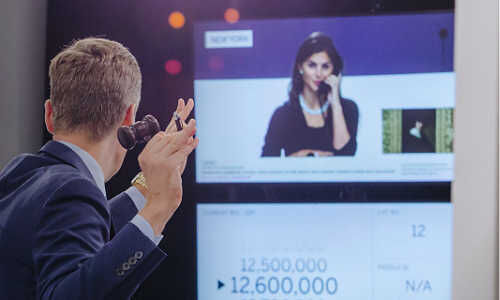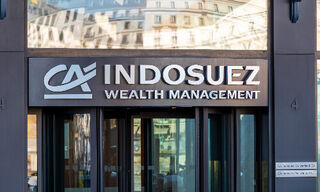Art Market Wins – and Loses – in Pandemic
The market for fine art is being roiled by the coronavirus. In the midst is UBS, a 26-year-long sponsor of the world's largest fair for fine art, Art Basel.
The Hong Kong edition of Art Basel in March was the first to go, then Basel in June, and most recently the fair's organizers pulled the plug on this year's flagship Miami show in December – much to the chagrin of wealthy clients, for whom the fair is an opportunity to peruse and buy, as well as for dealers as well as trade sponsors like UBS.
Gallery sales dropped by 36 percent in the first half, the Swiss bank said in a study released on Wednesday. One-third of galleries reduced staff, by an average of four people (roughly half of them were full-time employees), according to the study by Clare McAndrew, UBS' «art economist».
People Vs Remote Business
In short, the lockdown hit galleries directly and immediately in the shape of zero sales. Gallery-owners view the art market as a people business – with a huge emphasis on personal interaction, the UBS-Art Basel study noted. Roughly 70 percent of collectors share this view.
Galleries reported that online forums don't adequately replace live shows: collectors «reported they prefer to view art for sale in person and placed a high or very high value on the sense of discovery and the opportunities for discussion and social contact afforded by offline events,» according to the study.
Necessity and Invention
The downbeat view contrasts with a Sotheby's report last month, which credited innovations like live-streaming auctions for a spike in revenue through July to $2.5 billion. The 276-year-old British house said online auction revenue tripled to $285 million, and that so-called private sales climbed ten percent on the year to $575 million.
How did Sotheby's win 30 percent more clients so far this year? «Although driven by necessity, it’s clear that our clients’ interest and confidence in technology has fundamentally changed» CEO Charles Stewart said. Sotheby's launched a digital «buy-now» marketplace in April that enables immediate sales; it currently includes 24 galleries.
More Flexible Market
The app baked in an augmented reality feature which lets users visualize artworks in their homes, with their existing artworks, before bidding. Sotheby's also set up virtual galleries and a multimedia catalogue, where drove a 58 percent increase in engagement on its website.
The UBS-Art Basel study noted that art dealers went online to prop up their liquidity as well as their client relationships. Online sales shot up to 37 percent in the first half, from 10 last year: millennials as well as buyers from Asia spurred revenue, UBS noted.
Nuanced Outlook
The art market's outlook is nuanced: gallery owners are downbeat. The majority expect little improvement next year. By contrast, collectors are intrigued by the how the market has changes – especially about increasingly transparent pricing.
Prices of art works were often communicated by request only at big trade fairs like Art Basel or private viewing receptions – but online viewing has changed that. In short, the pandemic is strengthening trust in the market for fine art.




















